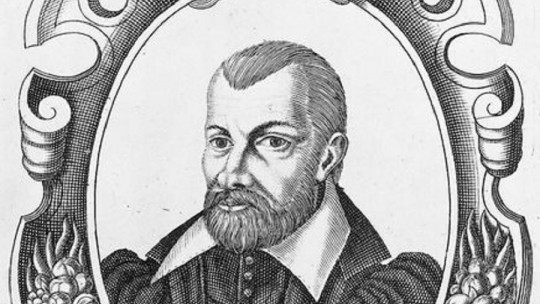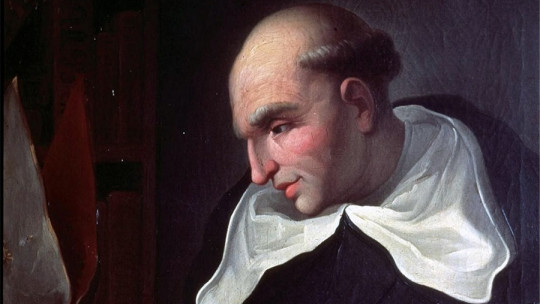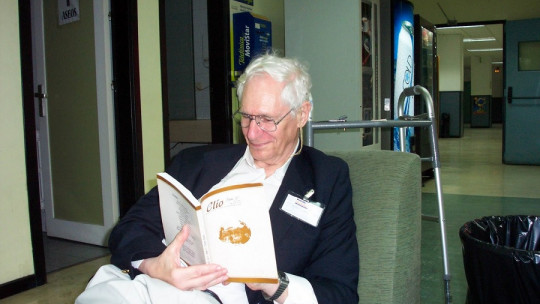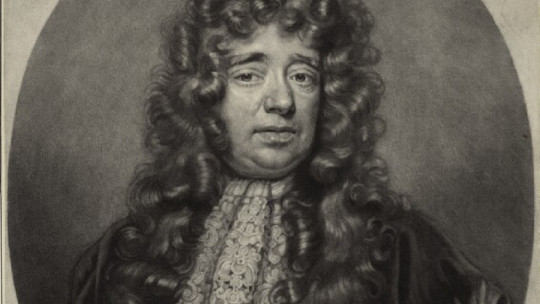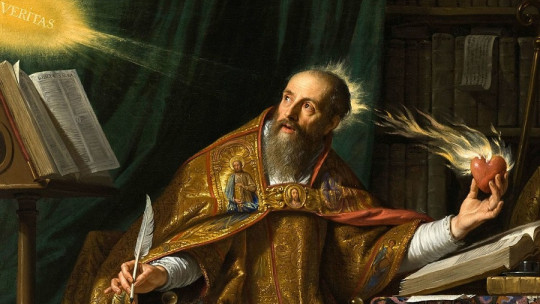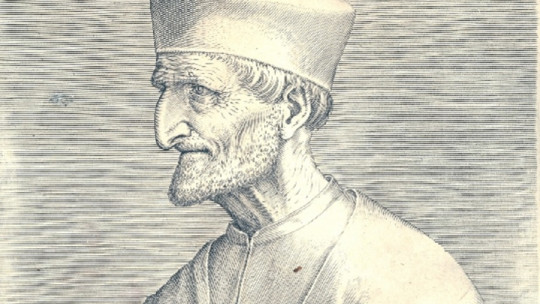
Martín de Azpilcueta, known by many as the Navarrese Doctor, was a theologian, priest and economist who lived well at the beginning of the Modern Age, the same year in which America was set foot on by Christopher Columbus.
As a witness to the large import of valuable metals to the Peninsula, he also witnessed how the massive arrival of gold and silver caused the local and European economy to change drastically, something that allowed him to propose several theories that, with the passage of time, would be the basis of basic economics.
Next we will see the life and work of this thinker through a biography of Martín de Azpilcueta especially highlighting his economic theses, truly innovative for the time.
Brief biography of Martín de Azpilcueta
Martín de Azpilcueta, also known as the Navarrese Doctor, He was an important figure in the history of Spain, especially for his innovative ideas on economic theory He was, like many men of his time, very versatile: priest, theologian, philosopher and economist. He served as a teacher in several institutions spread across France, Spain and Portugal and was part of the School of Salamanca, a fact that allowed him to have a great intellectual impact on the cultural panorama of the time.
Early years
Martín de Azpilcueta was born in Barásoain, Kingdom of Navarra, on December 13, 1492 within a family belonging to the Navarrese nobility. He came into the world at a really important time in the history of Spain, at that time the Crown of Castile, Aragon and the Kingdom of Navarra. The Middle Ages came to an end with the exploration of a new world, and with its end a new era began with new ideas, ideological currents and new visions of how society should be organized.
In 1509 he entered the University of Alcalá to study theology. Upon finishing them, he followed in the footsteps of many of his contemporaries, developing his doctoral studies in Canons in France. In that country he will also begin his career as a university professor, ending up first at the University of Cahors and, later, at the University of Toulouse. In the city of Toulouse he was ordained a priest and began to work as a professor of canon law
Navarrese doctor, teacher in Salamanca
Due to his Navarrese origin, Martín de Azpilcueta was also known as the Navarro Doctor or Navarrese Doctor Azpilcueta, and he was a productive man in many of the intellectual knowledge and arts of the time. He worked not only as a teacher, but also as a counselor, essayist and prolific writer. The themes of his writings focus on the concerns of the time and, above all, on those of the authors of the well-known Salamanca School, also called Late Scholasticism.
In the year 1524, at only 32 years old, Martín de Azpilcueta He began his time as a teacher at the University of Salamanca, occupying the Prima chair in Canons He remained in Tormes until 1537 and, during the time he was in that city, Azpilcueta became one of the great professors at the Salamanca university. His classes and lessons greatly influenced the ideas of later thinkers, such as Diego de Covarrubias y Leyva.
Last years
After living in Tormes and teaching in Salamanca, he moved to the University of Coimbra, occupying the same chair that he had taught at his previous university. In 1556 he returned to Spain but, after about ten years, he embarked on a new journey, this time to Rome. His mission was to deal with the defense of the Archbishop of Toledo Bartolomé de Carranza, who had been accused of heresy. Martín de Azpilcueta’s oratory attracted a lot of attention in the court, which caused him to end up gaining the trust of papal power.
After that event He managed to perform an important task as advisor to Popes Pius V, Gregory XIII and Sixtus V, in addition to being widely recognized as a great canonist during his time. He was also a trusted man of nobles, among them Charles I of Spain himself, although he had more than one disagreement with his successor Philip II, a monarch who in fact vetoed his appointment as cardinal.
He resided in Rome until the day of his death on June 21, 1586, at the age of 93, a milestone for anyone of his time. He was buried in that same city, just as he wanted, specifically in the Church of San Antonio de los Portugueses.
Thought, works and contributions to economic theories
The themes of the Navarrese doctor’s writings respond to the concerns of the time, a society that had just overcome the Middle Ages and discovered all kinds of new resources outside the Old Continent, focusing squarely on the topics dealt with by the authors of the Salamanca School
Among his most important works we can highlight the following as the most important:
One of the most striking themes in the work of Martín de Azpilcueta is how exposes the idea of fair price and the theory of value-scarcity When talking about these topics, very advanced for his time, the Navarrese doctor is considered by many as the father of the quantitative theory of money, a theory which indicates that the value of the currency varies in inverse relationship with its supply or the amount of available currency, ideas also discussed by the Frenchman Jean Bodin in 1568.
The historical context in which he lived made him see this phenomenon first-hand. In the 16th century, the Hispanic Monarchy along with Portugal were expanding worldwide. The conquest and exploitation of new territories created an extensive commercial network between distant territories, increasing resources in Europe thanks to their import from the Americas, including precious metals. This had an impact on the availability and prices of things.
In his 1556 work “Commentario resolutorio de Usuras” he analyzed how the arrival of precious metals to the Iberian Peninsula put upward pressure on prices In this work he defends that prices respond to the amount of money that is in circulation in a country. Therefore, the more precious metals there are, the more prices increase and this situation also occurs in reverse, that is, if there are few minerals, prices tend to be low.
Upon arriving en masse in Europe, the amount of precious metals increased faster than other goods. This caused metals to lose value in relation to the latter, causing strong inflation. Then, Azpilcueta himself pointed out that prices were also altered by the speed of money circulation. According to his theory, the speed of economic movements influences the increase in prices
One of the most advanced and surprising ideas of Martín de Azpilcueta is his defense of the legitimacy of applying interest in loan operations. This opinion was based on his idea that money could be another commodity with which to trade, ideas that he defended both in his “Resolutory Commentary on Changes” and in “De usuris.” This opinion clashed with that of the Church centuries before, which considered the application of interest an act of usury.
Azpilcueta maintained that the price of money, that is interest, was easily determinable if financial transactions were carried out in a single country Since within a state money was nothing more than another commodity, its price was based on the law of supply and demand. However, this was more complicated if the transaction was an international operation. If the supply of money was different between both countries, its price would also be different.

